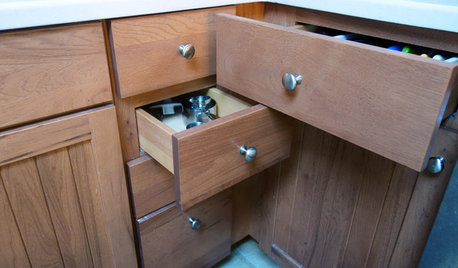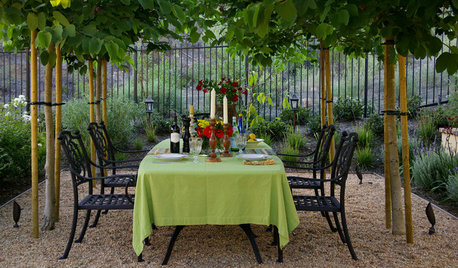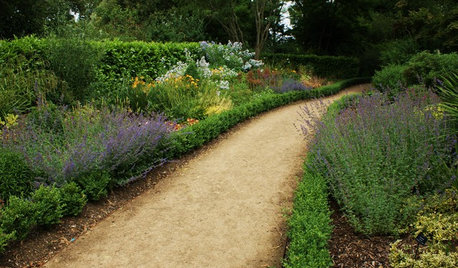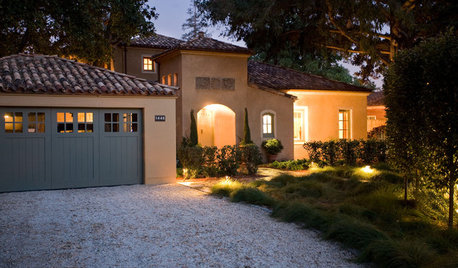How does gravel at the bottom of post holes help?
alexander3_gw
15 years ago
Featured Answer
Sort by:Oldest
Comments (6)
kudzu9
15 years agogaryfla_gw
15 years agoRelated Professionals
Port Royal Landscape Architects & Landscape Designers · Vernon Hills Landscape Architects & Landscape Designers · Broadlands Landscape Contractors · Cockeysville Landscape Contractors · College Park Landscape Contractors · El Segundo Landscape Contractors · Gallatin Landscape Contractors · Lady Lake Landscape Contractors · Mastic Beach Landscape Contractors · National City Landscape Contractors · Peoria Landscape Contractors · Tamarac Landscape Contractors · Weslaco Landscape Contractors · Eastlake Landscape Contractors · Shelton Solar Energy Systemsalexander3_gw
15 years agogaryfla_gw
15 years agobirdwidow
15 years ago
Related Stories

INSIDE HOUZZHow Much Does a Remodel Cost, and How Long Does It Take?
The 2016 Houzz & Home survey asked 120,000 Houzzers about their renovation projects. Here’s what they said
Full Story
FUN HOUZZ10 Truly Irritating Things Your Partner Does in the Kitchen
Dirty dishes, food scraps in the sink — will the madness ever stop?
Full Story
MOST POPULARWhen Does a House Become a Home?
Getting settled can take more than arranging all your stuff. Discover how to make a real connection with where you live
Full Story
LANDSCAPE DESIGNEnjoy the Romance of Dining in a Classic Gravel Garden
Here’s what to consider when it comes to installing, styling and maintaining a DIY-friendly gravel patio
Full Story
LANDSCAPE DESIGN5 Gravel and Stone Types for a Rockin' Landscape
Give your garden design some textural bam with pebbles, granite, river rocks and other permeable materials
Full Story
REMODELING GUIDESBathroom Workbook: How Much Does a Bathroom Remodel Cost?
Learn what features to expect for $3,000 to $100,000-plus, to help you plan your bathroom remodel
Full Story
PETS6 Ways to Help Your Dog and Landscape Play Nicely Together
Keep your prized plantings intact and your dog happy too, with this wisdom from an expert gardener and dog guardian
Full Story
EARTH DAYHow to Help Your Town’s Beneficial Birds and Bugs
Make a habitat using local materials to provide a home to the creatures that help our gardens
Full Story
REMODELING GUIDESGravel Driveways: Crunching the Pros and Cons
If you want to play rough with your driveway, put away the pavers and choose the rocky road
Full Story
PETSHow to Help Your Dog Be a Good Neighbor
Good fences certainly help, but be sure to introduce your pup to the neighbors and check in from time to time
Full Story






hanselmanfarms